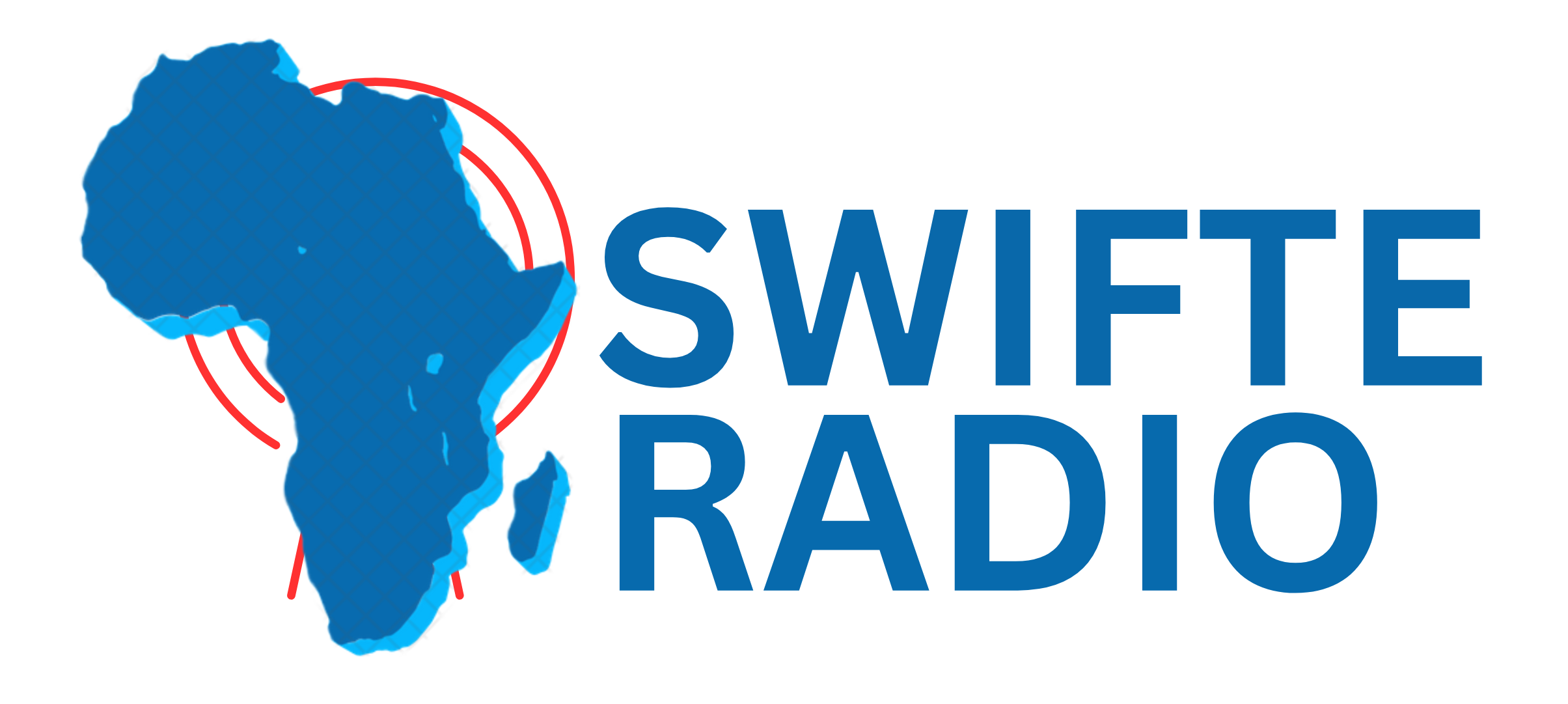As the Canadian Broadcasting Centre prepared for road closures with the digital sign declaring, “The Swifties are Coming!” it was clear that Toronto was readying for two weeks of sold-out shows from a global superstar. Swift’s arrival in Toronto for her Eras Tour has brought not only packed stadiums but a cultural shift that reaches far beyond music, extending notably into the world of sports.
Swift’s influence has rippled across various sectors, with her fanbase, famously known as “Swifties,” creating an economic and cultural impact that touches sports arenas and merchandise sales. For instance, her appearances at NFL games last year led to a significant spike in social media engagement and a 400% increase in Travis Kelce’s jersey sales. Other leagues have noted this effect, with even Toronto’s women’s hockey team, the Toronto Sceptres, playfully hinting at the resemblance between their logo and one of Swift’s symbols, sparking fan interest and engagement.
Dr. Ann Pegoraro, a sports management professor at the University of Guelph, highlights the unique nature of this phenomenon, noting that Swift’s massive fanbase has introduced sports to new demographics, particularly women, whose influence is increasingly felt across sports ecosystems. Swift’s devoted fans, many of whom are not traditional sports viewers, bring significant purchasing power and passion, a shift that leagues are now eager to harness.
In Canada, the Professional Women’s Hockey League (PWHL) and Toronto’s Sceptres have welcomed Swift with custom jerseys, recognizing that her visibility could introduce more audiences to women’s sports. The appeal extends beyond simply increasing viewership, as Swift’s crossover offers a reimagining of sports culture itself, merging athleticism with fandom, passion, and even fashion.
This influence extends to players themselves. Olympian Sarah Nurse, a prominent Toronto Sceptres player, has engaged with Swift’s music on social media, aligning her platform with pop culture in ways that make sports more accessible and appealing to new audiences. Another teammate, Maggie Connors, embraces this fandom, with Swift-inspired friendship bracelet exchanges taking place among fans at games, adding a layer of community engagement that is often missing in traditional sports settings.
When Swift’s music filled the stands at a PWHL game, the moment blurred lines between sport and concert, highlighting a cultural crossover that defies conventional boundaries. As Dr. Pegoraro suggests, Swift’s influence is more than a trend—it’s a powerful force that may be reshaping sports into a more inclusive and dynamic space.
Swift’s influence in sports isn’t just an American phenomenon. Across North America, teams have reported attendance increases during Swift-themed nights, highlighting that pop culture crossovers could be a long-term strategy for sports leagues aiming to broaden their fanbase. From ticket sales to merchandise, the Swift effect demonstrates that fandom-driven marketing can expand sports communities, bringing in diverse, often overlooked audiences.
Swift may not have set out to become an ambassador for women’s sports, yet her impact is clear: she’s inspiring athletes, increasing visibility, and opening doors for future collaborations between pop culture and professional sports.
Source: Swifteradio.com


